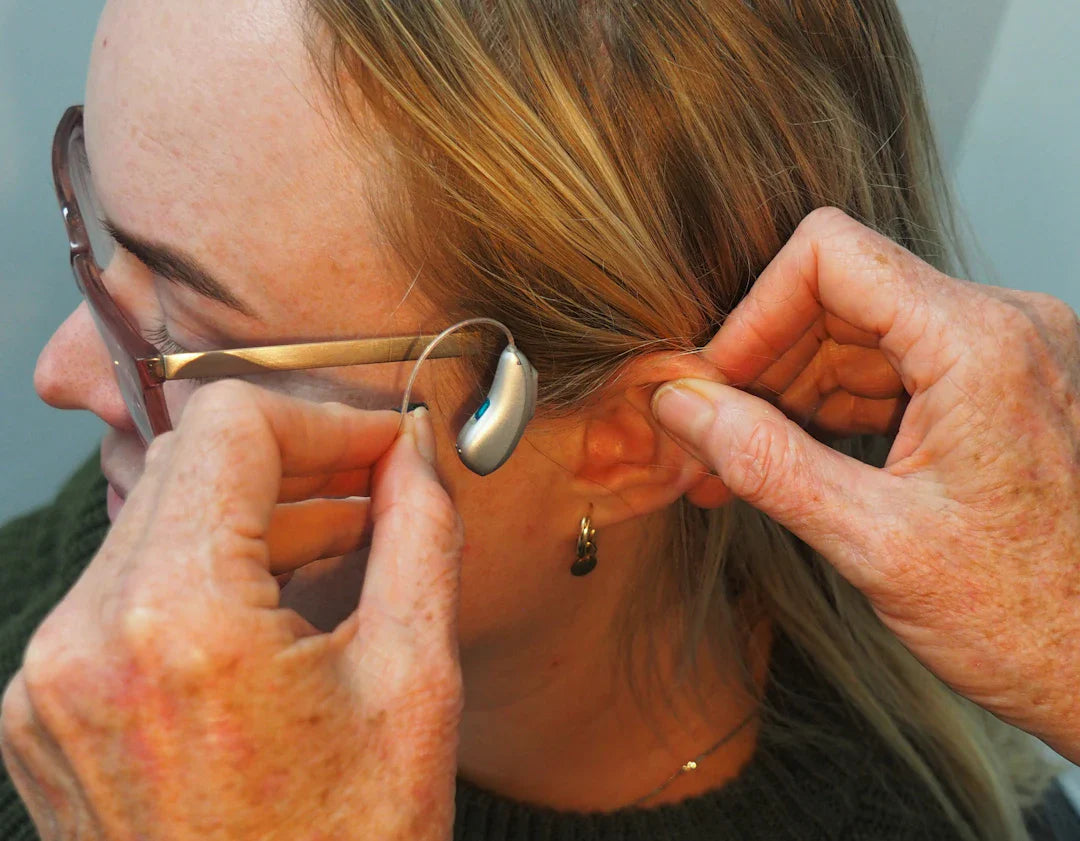Frequently Asked Questions
1. What is telehealth in relation to hearing aids?
2. What are the benefits of using telehealth for hearing aid users?
3. What challenges might patients face with telehealth in hearing care?
4. How can audiologists enhance the telehealth experience for patients?
5. What innovations can we expect in the future of hearing aids?
The world of healthcare is rapidly evolving, and for those experiencing hearing loss, technology plays a vital role in ensuring they receive the best possible care. One notable advancement is the combination of hearing aids and telehealth services, which has made a significant difference in the way we approach hearing health. In this blog post, we’ll explore how remote care solutions are changing the game for individuals using devices such as Widex hearing aids and enhancing the management of hearing impairment.
The Intersection of Hearing Aids and Telehealth
Telehealth refers to the delivery of healthcare services through digital channels. This innovative approach has expanded access to quality care, especially for individuals with mobility issues or those who reside in remote locations. When it comes to hearing aids, telehealth provides an impressive solution by enabling audiologists to monitor and adjust devices without requiring an in-person visit.
How Telehealth Works for Hearing Aids
Telehealth for hearing aids typically involves a few key steps:
- Remote Consultations: Many audiologists are now offering virtual appointments, which means patients can discuss their hearing issues from the comfort of their own homes.
- Device Monitoring: Advanced hearing aids, including Widex hearing aids, often come equipped with features that allow audiologists to monitor usage and performance remotely.
- Adjustments and Fine-Tuning: Based on data collected, audiologists can make real-time adjustments to hearing aid settings, enhancing the listening experience without requiring a visit.
Benefits of Telehealth for Hearing Aids Users
Integrating telehealth into hearing aid management offers numerous benefits that can significantly enhance patient experiences:
Convenience and Accessibility
One of the most significant advantages of telehealth is convenience. Patients can schedule appointments that fit their lifestyles without travelling long distances. For individuals with hearing loss, this means reduced anxiety associated with navigating new environments or dealing with communication barriers in person.
Cost-Effectiveness
Opting for remote consultations can also lead to savings on travel costs and time off work. Patients can maintain their care routines while managing their expenses more efficiently. This cost-effectiveness makes hearing healthcare more accessible for a larger audience.
Real-Time Interventions
Real-time access to audiologists allows for rapid interventions. If someone experiences a sudden change in their hearing, they can quickly reach out for help. Diagnostic tools within the devices can send important data to audiologists, ensuring that they have the information they need to provide timely recommendations.
Education and Support
Telehealth platforms often provide valuable educational resources about hearing loss and hearing aids. Patients can engage with informational materials and receive ongoing support from professionals who understand their specific needs. This empowers individuals to take an active role in their hearing health.
Challenges of Telehealth in Hearing Care
While telehealth brings many benefits, it also presents certain challenges in the realm of hearing care:
Technology Barriers
Not everyone has easy access to the necessary technology or internet connection to engage in telehealth. This digital divide can prevent some individuals from receiving timely and effective care. Therefore, it’s essential to consider how to bridge this gap for broader accessibility.
Quality of Service
While virtual appointments can be convenient, some might feel hesitant about the efficacy of evaluations conducted remotely. Audiologists are trained to perform assessments in person, and there may be limits to the quality of diagnostic interpretations without direct observation. Patients must feel comfortable navigating these concerns with their providers.
Combining Traditional and Remote Care
Despite the challenges, a blended approach combining traditional audiology services with telehealth is proving beneficial. This dual model allows patients to attend in-person consultations for comprehensive assessments and then follow up with remote monitoring and support.
Best Practices for Audiologists
Audiologists embracing telehealth should consider the following best practices to enhance the remote care experience:
- Utilise User-Friendly Platforms: Choose telehealth platforms that are easy to navigate and accessible to all patients, ensuring minimal frustration.
- Emphasise Communication: Foster a clear communication channel to help patients ask questions and voice concerns before or during appointments.
- Enhance Training: Provide training sessions for both patients and staff to maximise the effectiveness of remote care.
Embracing the Future: The Role of Hearing Aids
The future of hearing loss management lies in the integration of innovative solutions alongside traditional care methodologies. Today’s Widex hearing aids come equipped with technology that supports wireless connectivity, facilitating seamless integration with telehealth services.
Innovations in Hearing Aids
As hearing aids continue evolving, we can expect exciting advancements that include:
- Artificial Intelligence: AI can help adapt the hearing experience in real time, ensuring optimal sound quality based on the user’s environment.
- App Integration: Many devices have dedicated mobile apps that allow users to control settings and access telehealth services directly.
- Battery Life Improvements: Extended battery life in hearing aids means fewer disruptions and enhanced reliability.
A Bright Future for Hearing Care
The integration of telehealth and hearing aids represents a transformative step for individuals grappling with the challenges of hearing loss. As technology continues to advance, we can expect ongoing improvements in accessibility, communication, and quality of care.
Empower Your Hearing Journey!
Incorporating telehealth into hearing care is not just a trend; it’s a necessity that enhances the overall experience for users of hearing aids and those experiencing hearing loss. The combination of cutting-edge technology and improved healthcare delivery promises to deliver a brighter, more connected future for all. As you navigate this journey, don’t hesitate to reach out for informational resources and professional support tailored to your needs. Embrace the change, as brighter days await in the realm of hearing health!




